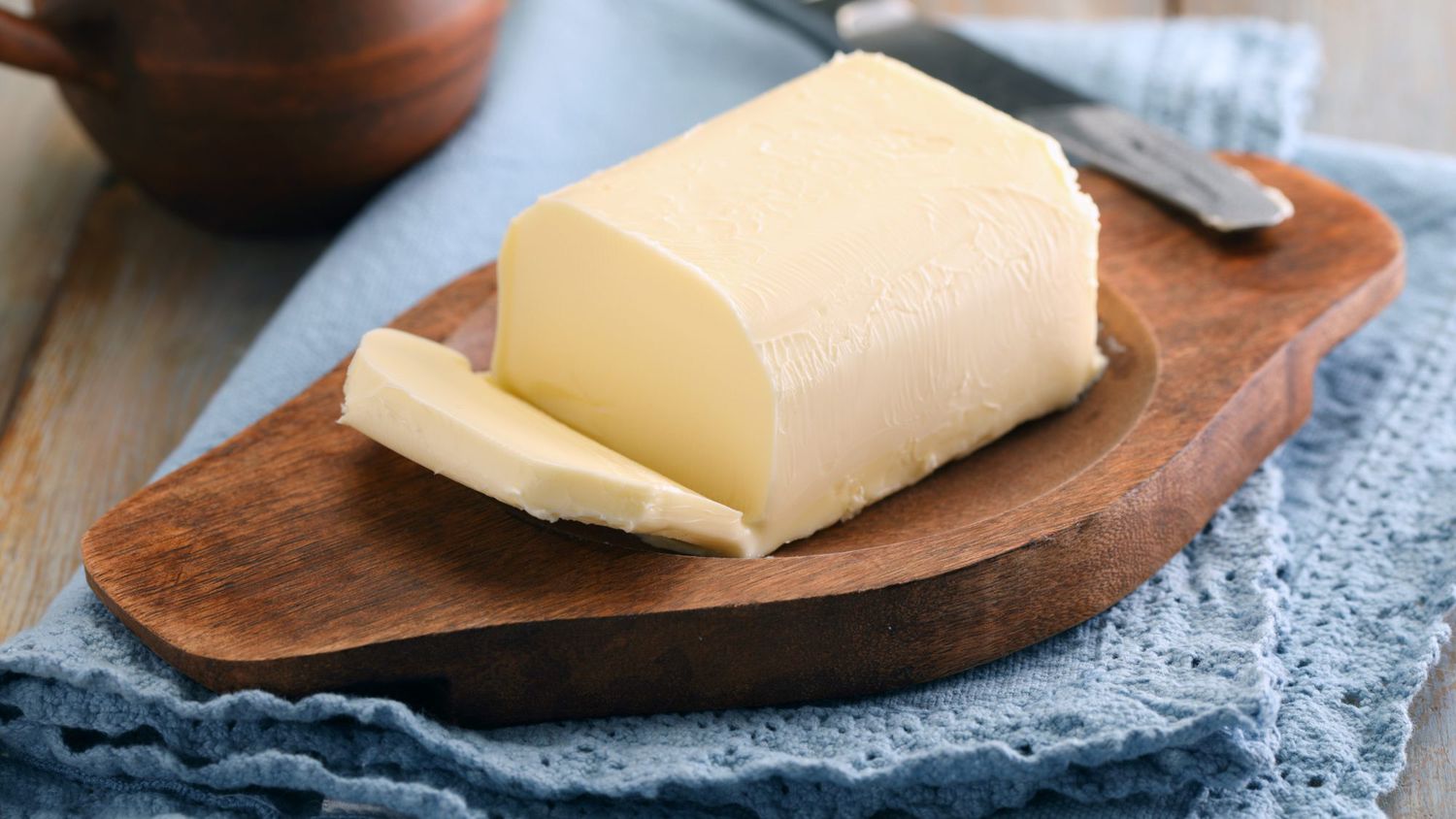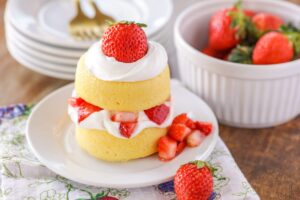It’s no secret that adding butter tends to improve every meal it’s added to, from cookies and brown butter spaghetti to biscuits and many other things. To mention a few, baked items, spaghetti meals, and garlic bread all benefit greatly from the distinctive flavor of butter. There are numerous sorts of butter available, each with its own unique flavors, textures, and uses, despite the fact that sticks or tubs of butter may be your preferred kitchen fat.
Sweet Cream Butter
Butter that is specifically manufactured using pasteurized fresh cream as its principal component, as opposed to cultured or soured cream (which tend to give butter a slightly tart flavor), is known as sweet cream butter. As further described in our article about sweet cream butter, despite its name, sweet cream butter isn’t sweeter or creamier than the standard stick of butter you’d often come across. About 80% of the butterfat in the majority of popular American brands of sweet cream butter. Butter made from sweet cream can be salted or unsalted.
Salt-free Butter
Most likely, if you bake, you’ve used unsalted butter in the past. Unsalted butter is used in the majority of baking and dessert recipes. Unsalted butter is butter that is made and marketed in pretty much its original form. The term pretty much speaks for itself. In other words, there is no additional salt or flavoring. Baking with unsalted butter is excellent because it enables you to more precisely regulate the amount of salt in your meal. This is crucial for foods like raw cookie dough or batter that cannot be tasted and changed while cooking.
Butter with salt
Salted butter has a substantial amount of salt added to it in contrast to unsalted butter, which is typically detectable with a mild taste. Salted butter still has a place in your shopping basket, despite the claims of many supporters that unsalted butter is better for baking and cooking. Choose from one of these unsalted butter brands. In fact, I adore putting a tablespoon or two on toast or scrambling some eggs in the morning.
Enhanced Butter
Clarified butter is created by skimming the milk particles from the melted butter’s surface and removing the water. The beta carotene in the cow’s diet (of grass or hay) gives the finished concentrated product, which is virtually entirely butterfat, its bright yellow color. Additionally, making clarified butter at home is actually rather simple; for instructions, read our tutorial on making clarified butter.
Ghee
Butter that has been clarified is known as ghee. The fundamental distinction between ghee and regular clarified butter is the length of time that ghee is heated after the water content has been removed, allowing the milk solids to toast and resemble brown butter.
Cultured Butter
Similar to how yogurt is manufactured, cultured butter is made by mixing butter with bacterial cultures (or simply cultures). Pasteurized cream is mixed with the cultures to create cultured butter, which is then given time to ferment and thicken. After that, the cream is churned to create butter. Due to the fermentation process, cultured butter usually has a tangier flavor. Many American cultured butters are also richer in butterfat than non-cultured butters; Vermont Creamery, for instance, claims that its cultured butter has an 82% butterfat level, which is comparable to creamier European-style butter.




